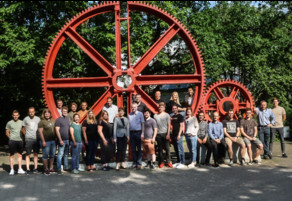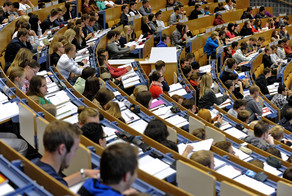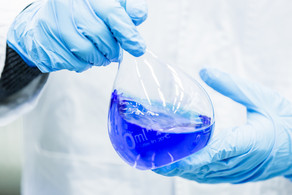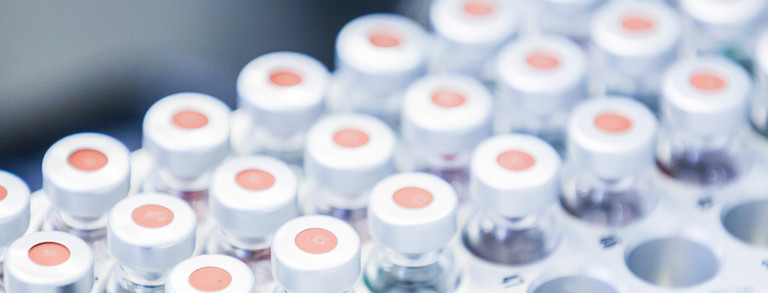Applied Catastrophic Phase Inversion
The potential of whole-cell biocatalysis as an efficient and green alternative to common chemical synthesis routes rises increasingly. Using a biphasic reaction system provides high stereo selectivity as well as high product titers due to the presence of an organic phase serving as substrate reservoir and product sink. The challenge for an industrial implementation of biphasic whole-cell biocatalysis is the formation of stable emulsions that cannot be separated by common unit operations. In contrast using the phenomenon of catastrophic phase inversion (CPI) phase separation is easily achieved by a sudden switch of emulsion type caused by addition of dispersed phase.
Description
Emulsions resulting from biphasic whole-cell biocatalysis are stabilized due to the presence of whole cells acting like particles (mechanical stabilization). Thus, the first step in down streaming of these emulsions is an efficient phase separation process. State of the art processes includes the use of excessive centrifugation, chemical de-emulsifiers or thermal stress, resulting in inefficient and cost-intensive processes.
Using the catastrophic phase inversion (CPI), phase separation is easily achieved by a sudden switch of emulsion type caused by addition of dispersed phase [1]. Therefore, cost-intensive process-operations can be avoided. As batch experiments already showed the success of the catastrophic phase inversion phenomenon [2], within this work a concept for a continuous phase-separation (applied catastrophic phase inversion; ACPI) in a fully automated ACPI-prototype plant, is investigated.
References
| [1] | G. Sadowski, C. Brandenbusch, J. Collins and B. Bühler: Patent EP 2 870 988 A1 2015 |
| [2] | S. Glonke, G. Sadowski and C. Brandenbusch: "Applied catastrophic phase inversion: a continuous non-centrifugal phase separation step in biphasic whole-cell biocatalysis" Journal of Industrial Microbiology & Biotechnology, pp. 1527-1535, 2016 |







